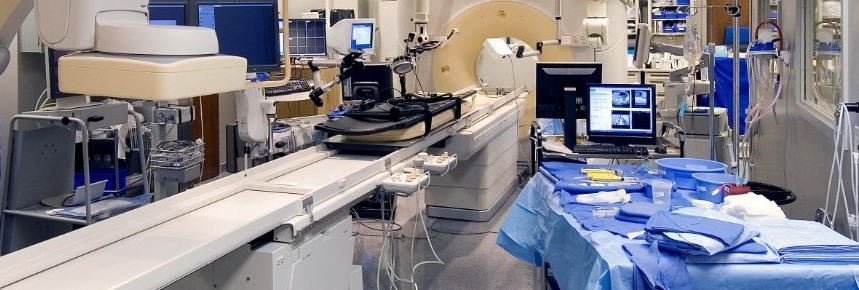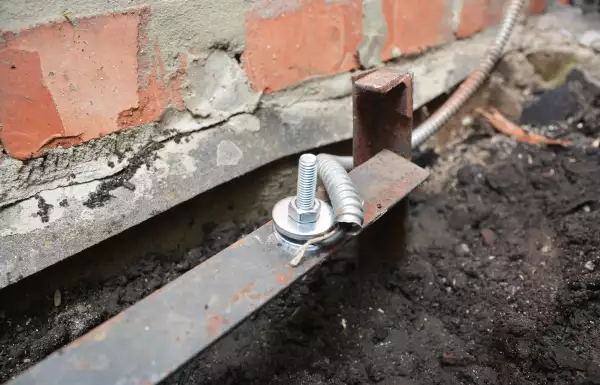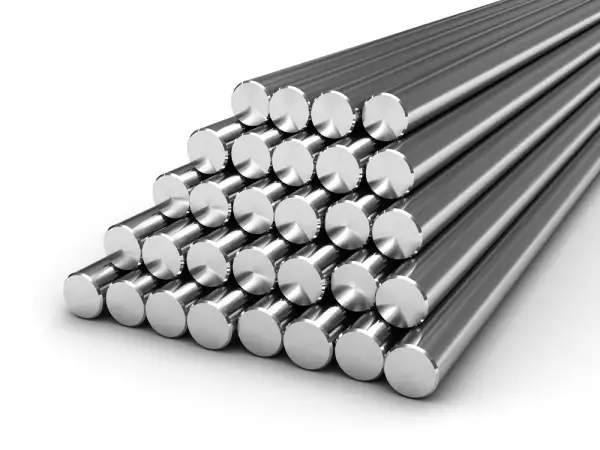
In accordance with the international and domestic regulations there are two grounding classes that are declared as protective (PE) and functional (FE).
Since electrical appliances and sophisticated equipment started to be used in medicine, it became necessary to develop security measures, both for patients and doctors and for equipment. In the Soviet Union, the electrical safety of medical equipment was regulated by the "Instruction on the protective grounding of the electromedical equipment in the institutions of the system of the Ministry of Health of the USSR from 1973.
Based on "Electrical Installations Code" (EIC, p 1.7.29), protective grounding (PE) must be performed only for the purpose of electrical safety of the facility.
Functional grounding FE provides operation of the electrical installation itself and according to (EIC, p. 1.7.30) is not used for electrical safety of the facility.
Recently, information and communication technologies (ICT) are increasingly being introduced into medicine, therefore, when determining the grounding tasks of computerized medical equipment, GOST R 50571.22-2000, paragraph 3.14 (707.2) should also be guided.
Classes of medical equipment for electrical safety
In the Russian Federation, any medical electrical equipment is to be divided into classes: 01, I, II, III (the normal "ON 64-1-203-69 for protection from electric shock in the event of a damage of working insulation"). For equipment classes 01, I, a protective grounding PE is a prerequisite. When using Class II and III equipment, there is no protective grounding foreseen.
Next, let's consider some of the current design rules for protective grounding for various types of electrical networks.
Technical implementation for an IT network (with isolated neutral): Reliably ground all conductive parts of medical equipment that are accessible for touch. This applies to classes 01 and I.
Technical implementation for a TN-C network (with a deadly grounded neutral): in this case, neutrallizing of all conductive parts of medical devices of classes 01 and I accessible for contact is made. In this case, the conductivity of the neutrallizing conductors is not less than 50% from the conductivity of phase conductors. In separate rooms, the neutral wires at the input of the switchboards are repeatedly grounded. The TN-C system is mainly used in old-age healthcare facilities.
Technical implementation for TN-S network (with separate protective zero conductor): for single-phase medical equipment classified as class 01, grounding is connected with a special (third) conductor. In case of a three-phase network, the specialists use the fifth (separately executed) protective conductor (PE). It is forbidden to use a zero working wire for the protective grounding directly from the electrical receiver of medical equipment. In some cases, upgraded TN-C-S grounding system can be used in order to reduce capital costs.
Grounding of medical equipment classified as class I is carried out via a grounded outlet, in the IT network, a grounding conductor from the main line of protective grounding is connected to it And in case of design in the TN-C network, a zero conductor is used from the zero wire of the group switchboard of the room.
Functional grounding of medical equipment
Modern medical technical equipment, in addition to traditional medical technologies, such as x-rays and ultrasound, already uses new technologies, for example, nuclear magnetic resonance, scanning technologies, life support (artificial heart and lungs, hemodialysis, etc.), information technology, etc. Therefore, for the operation of all this technical variety, a functional grounding FE is required. Moreover, the spread of requirements for grounding resistance is quite wide, for example, for an X-ray - it can be 10 Ohm, and for a cardiograph and other sensitive equipment needed in the operating room, intensive care unit and intensive care unit - 2 ohms. Here there are certain difficulties for electricians. The way out is to install a grounding device that provides a minimum resistance, which can simultaneously be used for both PE protective and FE functional grounding. Modern solutions based on modular grounding systems make it possible to do this quite easily and economically and without any large-scale excavation works (see Modular grounding).
When using highly sensitive equipment, the manual on design of health facilities (to SNiP 2.08.02-89) requires a separate working grounding with a resistance of 2 ohms, remote from any other grounding device to 15 meters. This grounding is only necessary if the requirement for Its implementation is indicated in the passport or documentation for medical equipment.
Classification of medical premises
When conducting such a classification, we will follow the guidelines of IEC 60364-7-710 (GOST R 50571.28-2006).
If you take any clinic, hospital or medical center as an example, it becomes clear that the structure of this organization includes not only operating, resuscitation blocks, doctors' offices and rooms for physiotherapy and diagnostics. The structure of a large medical institution also includes administrative, utility rooms, power units, elevators, etc. And for each group of such premises the specialists have developed various measures for electrical safety. So, according to the regulating documents, health care facilities were divided into 3 groups:
Group 0 (Гр0 Ст.710.2.5) includes such medical facilities where contacting conductive parts and devices cannot be used at all. That is, electrical appliances in such cabinets are not in physical contact with the patient. These are various administrative and economic premises, dining rooms, as well as, for example, offices of some doctors.
At the first short circuit (SC) or breakdown of insulation, an automatic shutdown is performed here.
Group 1 (Гр1 Ст.710.2.6.) relates to rooms in which the patient has physical contact with electrical appliances (externally or even internally). These can be rooms for physiotherapy or hydrotherapy in a polyclinic, a sanatorium, a clinic. In such premises, a violation of the supply of electricity can not lead to a serious threat to life and health of the patient. At the first short circuit or in the event of a power failure in Gr1, the supply of electricity to the open conductive parts of the devices is automatically cut off.
As protective measures in such premises, electricians offer:
- double insulation,
- RCD (not more than 30 mA),
- safe extra-low voltage (SELV),
- grounded circuit of the SELV system.
Equipotential bonding and emergency power supply can be used here as additional protection measures.
To group 2 (Гр2 Ст.710.2.7), according to the regulatory documents, it is decided to refer to the rooms where vital medical procedures are performed, and the contacting parts of electrical appliances have physical contact with the patient. Also in such premises, any primary malfunction in the power supply system should not lead to the failure of life support equipment. These are, as a rule, operational, resuscitation and similar facilities. At the first short-circuit on the case or breakdown of insulation in Gr2, automatic power-off is not performed.
In this case, a whole range of protective measures is envisaged:
- double insulation,
- medical IT system,
- use of medical isolation transformers (MIT),
- SELV; PELV.
As an additional measure, potential equalization and emergency power supply are also applicable. The clinics also use a UPS with a switching time of not more than 0.5 s. In the operating and intensive care rooms, it is critically important to protect the patient from electric shock and from microshock.
With the application of even the smallest potential difference to the heart muscle, a micro-shock may occur. It is very dangerous for the patient.
Let's briefly consider the medical system of power supply of group 2 premises. (IEC 60364-7-710. article710.2.10.).
The organization of such a network is based on IT technology. The system necessarily includes: MIT, insulation monitoring system, alarm system and monitoring of operability.
Conclusion
In medical rooms, both protective and functional grounding are used. The grounding system in this case protects personnel and patients from electric shock, and also supports the normal functioning of medical equipment.
In addition to the requirements of IEC 60364 -7-710, other regulatory documents applicable in general to ICT systems are also applied to the electronic equipment used in medical institutions.
See also:
- ZANDZ grounding video for medical institution
- Real examples of calculation of grounding and lightning protection for a polyclinic
- Useful materials for designers: articles, recommendations, examples
- Free webinars for designers
- What is a disspation array device and how it works?
Related Articles:
 Why Cannot Vertical Earthing Devices Be Installed Close to Each Other?
Why Cannot Vertical Earthing Devices Be Installed Close to Each Other?
 Electrolytic Grounding in Permafrost Soils: Should Vertical of Horizontal Electrodes Be Used?
Electrolytic Grounding in Permafrost Soils: Should Vertical of Horizontal Electrodes Be Used?



